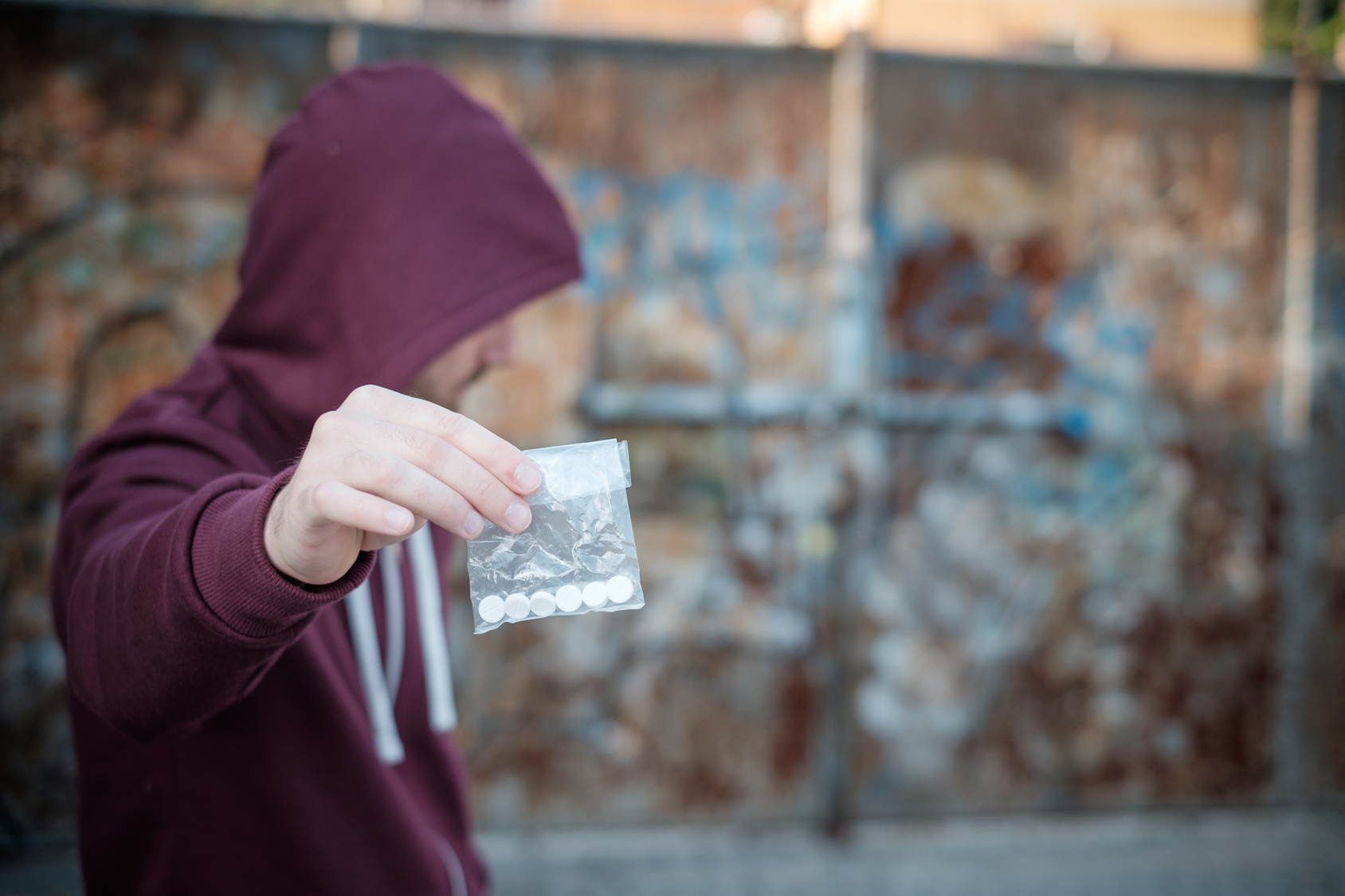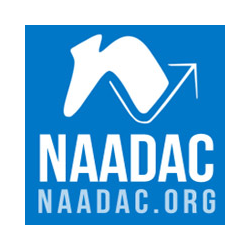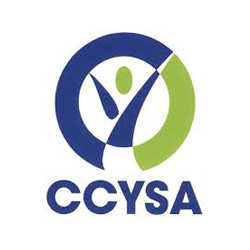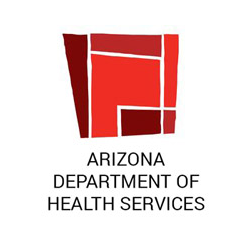This article is a continuation in a series about drug abuse and addiction relates to other types of crimes. In this series, we will examine the connections that have been shown to stem, at least presumably, from effects of addictive properties, whether physical or psychological.

Approximately 1 out of every 100 people in the United States is incarcerated, which is higher than the once ration rate of anywhere in the world. The truth is that many of these prisoners and their crimes pertain to drug use. We all know that nonviolent drug users make up a significant portion of our prison population, but how does drug use relate to other types of crime? And what effect does it have on our criminal justice system and its method of reducing crime in our communities? This series will explore some of the facts and statistics of how prevalent drugs are in the entire world of crime, and how these numbers have adapted over the years.

When describing the negative effects that addiction can have on a person’s life, people frequently use the phrase “downward spiral.” But what does this phrase mean, exactly?
Alcohol has, of course, been linked with many different types of cancer—particularly liver cancer. In fact, it has been classified by the International Agency for Research on Cancer (IARC) of the World Health Organization as a Group 1 carcinogen, meaning that there is sufficient evidence to show that alcohol can directly cause cancer in humans. But just how strong are these links from alcohol to various forms of cancer, and which forms of cancer are those with alcohol addiction most at risk of developing? Here is an in-depth look at alcohol and cancer.

When we hear the phrase “prescription drug abuse,” most of us think about opiates, benzodiazepines, and amphetamines. Barbiturates, however, are another type of prescription medication that carries a high risk for abuse, and many underestimate just how dangerous dependence on or abuse of barbiturates can be.












